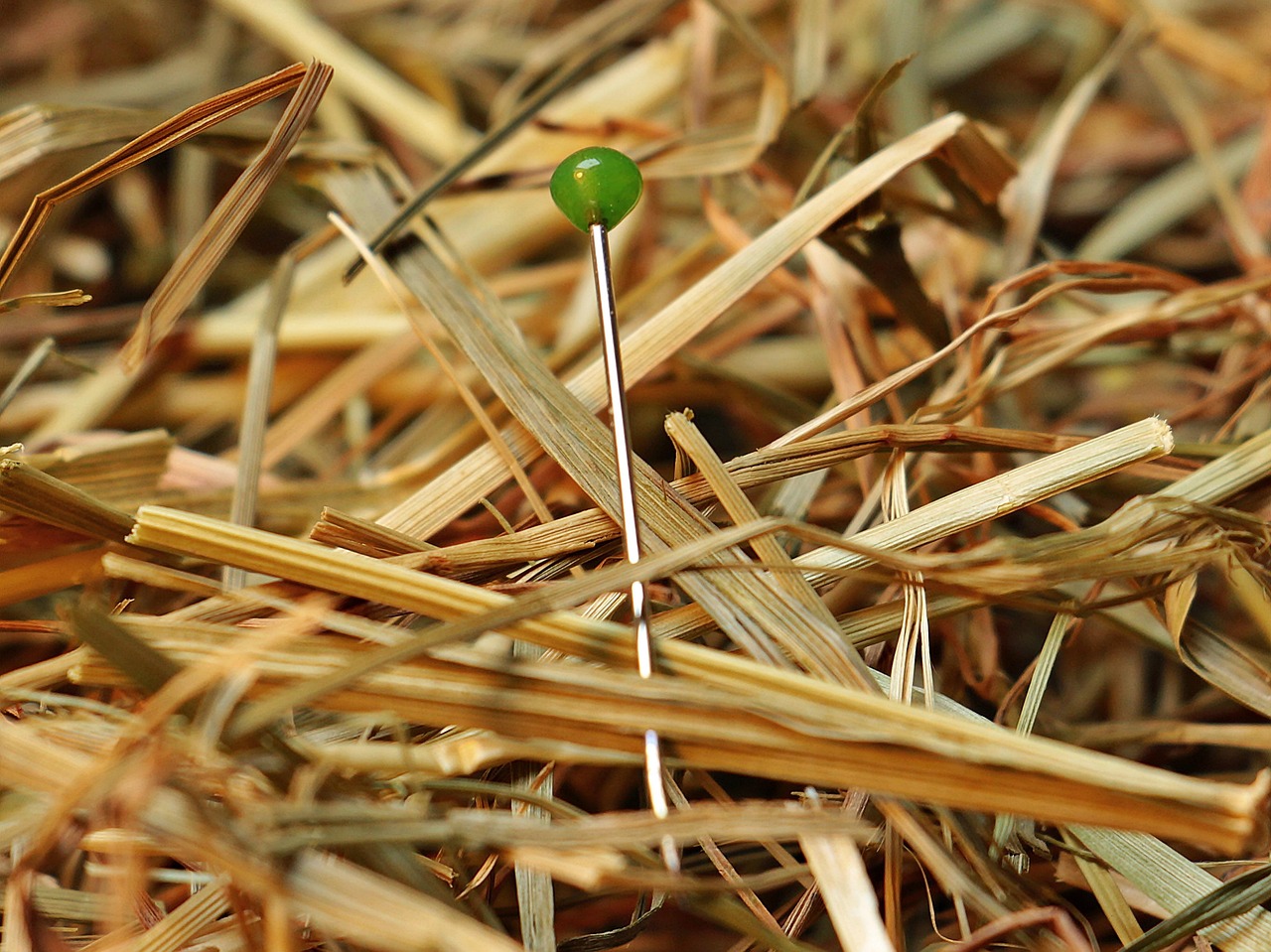Displaying succulents beautifully can enhance any space, turning a simple arrangement into a stunning focal point. By selecting the right containers, placements, and combinations, you can create an eye-catching display that showcases their unique beauty.
Succulents have gained immense popularity due to their low maintenance requirements and diverse shapes and colors. These hardy plants are not only visually appealing but also adaptable to various environments. Whether you are a seasoned gardener or just starting out, finding the perfect way to display your succulents can transform your living space and bring a touch of nature indoors.

When it comes to displaying succulents, several factors come into play. The choice of pots, the arrangement of plants, and the positioning within your home all contribute to the overall aesthetic. Each succulent has its own needs in terms of sunlight and moisture, making it essential to consider these elements when planning your display.
Choosing the Right Containers
The container you select for your succulents significantly impacts their health and visual appeal. Here are some popular options:
- Terracotta Pots: These porous pots allow for good airflow and drainage, which is crucial for preventing root rot.
- Glass Containers: Perfect for creating a modern look, glass containers can showcase the roots and soil of your succulents.
- Wooden Planters: These add a natural rustic charm. Make sure to line them properly to prevent water damage.
- Hanging Baskets: Ideal for small spaces, hanging baskets can create a beautiful vertical display.
Each of these container types brings its own unique flair. However, it is important to ensure that whatever container you choose has proper drainage holes to allow excess water to escape. This is vital for the health of your succulents.
Arranging Your Succulents
The arrangement of your succulents is just as important as the containers you choose. Consider the following tips for creating an attractive display:
- Mix Different Varieties: Combine different types of succulents to create visual interest. Varying colors and shapes will draw the eye.
- Vary Heights: Use plants of different heights to create depth. Taller plants can provide a backdrop for shorter varieties.
- Group in Odd Numbers: Arranging succulents in groups of three or five tends to be more visually pleasing than even numbers.
- Add Natural Elements: Incorporate stones, sand, or driftwood into your arrangement for added texture.
By following these guidelines, you can create a stunning arrangement that showcases your succulents’ natural beauty while ensuring they thrive in their environment.
Finding the Right Light

The amount of light your succulents receive is crucial for their growth and health. Most succulents thrive in bright, indirect sunlight. Here are some tips for ensuring your plants get the right amount of light:
- South-Facing Windows: Place your succulents near south-facing windows for optimal sunlight exposure.
- Avoid Direct Sunlight: While they need light, direct sunlight can scorch the leaves. Filtered light works best.
- Rotate Your Plants: Rotating your succulents every few weeks helps them grow evenly and prevents tilting towards the light source.
Understanding the light requirements of your specific succulent types is essential. Some may prefer more shade than others, so do your research to ensure optimal placement.
With these foundational guidelines, you can begin to create a stunning display that not only enhances your home but also celebrates the unique beauty of succulents.
Watering Your Succulents

Watering is a critical aspect of succulent care. These plants are adapted to store water in their leaves, stems, and roots, making them drought-resistant. However, improper watering can lead to issues like overwatering, which is one of the most common mistakes. Here are essential guidelines to help you water your succulents properly:
- Frequency: Water your succulents only when the soil is completely dry. This may vary depending on the season and the environment; typically, this means watering every two to three weeks.
- Watering Technique: When watering, do so thoroughly until water drains from the bottom of the pot. This ensures that the roots receive adequate moisture.
- Seasonal Adjustments: In the growing season (spring and summer), succulents require more water. In the dormant period (fall and winter), significantly reduce watering.
Monitoring the health of your succulents will help you determine if you are watering correctly. Signs of overwatering include yellowing leaves and mushy stems, while underwatered plants may exhibit shriveled, wrinkled leaves.
Soil Selection
The type of soil used for growing succulents plays a vital role in their overall health. Regular potting soil retains too much moisture, which can lead to root rot. Instead, consider using a soil mix specifically designed for succulents. Here are some options:
- Cactus Mix: A well-draining cactus mix is ideal for most succulents. It typically contains a blend of sand, perlite, and peat.
- Homemade Mix: You can create your own mix by combining equal parts of potting soil, coarse sand, and perlite or pumice.
- Commercial Succulent Mixes: Many garden centers offer pre-mixed options specifically formulated for succulents and cacti.
Using the right soil ensures that excess moisture drains away quickly while still providing essential nutrients. It also helps prevent pests and diseases that thrive in overly damp conditions.
Enhancing Your Display with Accessories
To elevate the presentation of your succulents, consider incorporating decorative accessories. Adding elements can create a more visually appealing arrangement. Here are some ideas:
- Decorative Pebbles: Layering decorative stones or pebbles on top of the soil not only looks attractive but also helps with moisture retention.
- Colorful Planters: Using colorful or uniquely shaped pots can add personality to your display.
- Plant Stands: Utilizing plant stands can add height and dimension to your arrangement, making it a focal point in any room.
- Fairy Garden Elements: Small figurines or miniature furniture can transform your succulent display into a whimsical fairy garden.
These accessories allow you to express your creativity while enhancing the aesthetic appeal of your succulent collection. Experiment with different combinations to find what works best for your style and space.
Creating a Theme for Your Display
Establishing a theme can unify your succulent display and make it even more visually appealing. Here are some popular themes to consider:
- Desert Oasis: Use sandy-colored pots and incorporate elements like driftwood or sand to mimic a desert environment.
- Modern Minimalism: Opt for sleek, geometric planters in monochromatic colors for a clean and sophisticated look.
- Vintage Charm: Use old teacups or tin cans as planters for a rustic vintage feel.
- Tropical Vibes: Combine succulents with tropical plants like ferns or palms for a lush, vibrant display.
Selecting a theme not only enhances your display but also reflects your personal style and creativity. It invites others to appreciate your unique approach to succulent gardening.

Vertical Gardening with Succulents
Vertical gardening is an innovative way to display succulents, especially in small spaces. This technique not only maximizes your available space but also creates a stunning visual impact. Here are some effective ways to implement vertical gardening:
- Wall Planters: These are specially designed containers that can be mounted on walls. They allow you to create beautiful living wall displays.
- Pallet Gardens: Repurpose wooden pallets by planting succulents in the gaps. Lean the pallet against a wall for a rustic look.
- Hanging Shelves: Install shelves at varying heights and place your succulents on them. This creates a tiered effect that draws the eye upward.
- Wire Grids: Use wire grids or mesh to attach small pots of succulents, creating a unique wall feature.
Vertical gardening not only enhances the aesthetic appeal of your space but also makes it easier to care for your plants. Ensure that the chosen location receives adequate light and that each plant has enough room to grow.
Seasonal Displays
Changing your succulent display with the seasons is a wonderful way to keep your environment fresh and inviting. Here are some ideas for seasonal arrangements:
Spring
As the weather warms up, consider using pastel-colored pots and mixing in flowering succulents like Echeveria. These soft colors can brighten up any space.
Summer
For summer, opt for vibrant pots and incorporate bright-colored stones. Succulents that thrive in the heat, like Sedum, can be showcased prominently in this season.
Fall
In fall, earthy tones can be used with decorative elements like mini pumpkins or gourds. Combining succulents with autumn foliage creates a warm, inviting display.
Winter
During winter, consider using metallic or glittery pots to reflect the festive spirit. Incorporating holiday decor, such as small ornaments, can add charm to your succulent arrangement.
By adjusting your displays seasonally, you can keep your home lively and engaging year-round.
Pest Management for Succulents
While succulents are generally hardy plants, they can still fall victim to pests. It’s important to be proactive in pest management to keep your plants healthy. Here are common pests and how to deal with them:
- Aphids: These small insects can cluster on the leaves. Use a gentle stream of water to wash them off or apply insecticidal soap.
- Mealybugs: Identifiable by their white, cottony appearance, mealybugs can be removed with a cotton swab dipped in alcohol.
- Spider Mites: Look for tiny webs on plants. Increasing humidity around your succulents can help deter these pests.
- Fungus Gnats: If you notice tiny flies around your plants, allow the soil to dry out completely between waterings to disrupt their life cycle.
Regularly inspecting your succulents will help you catch any pest issues early, ensuring that your plants remain healthy and vibrant.
Propagation Techniques
One of the joys of succulent gardening is propagation. This allows you to expand your collection without spending money on new plants. Here are some popular propagation techniques:
- Leaf Cuttings: Gently twist off a healthy leaf from the parent plant and let it callous over for a few days before placing it on soil.
- Stem Cuttings: Cut a stem from the plant and allow it to callous before planting it in well-draining soil.
- Offsets: Many succulents produce offsets or “pups” which can be separated from the main plant and replanted.
Propagation not only allows you to grow more plants but also gives you the opportunity to experiment with different arrangements and displays.
Designing a Succulent Centerpiece
A succulent centerpiece can serve as an excellent focal point for dining tables, coffee tables, or even entryways. Creating a captivating centerpiece requires consideration of size, shape, and style. Here are some design ideas for an eye-catching succulent centerpiece:
- Layered Textures: Combine different types of succulents with varying leaf shapes and colors. This adds depth and interest to your arrangement.
- Use a Large Container: A large, shallow bowl can accommodate multiple succulents, stones, and decorative elements, creating a cohesive look.
- Add Height Variation: Include taller succulents in the center and surround them with shorter varieties for a balanced appearance.
- Incorporate Seasonal Decor: Add small seasonal decorations, such as decorative stones or themed ornaments, to enhance the centerpiece according to holidays or seasons.
Creating a succulent centerpiece allows for creativity while providing an inviting atmosphere for gatherings and special occasions.
Succulents in Outdoor Spaces
Succulents can also thrive outdoors, adding beauty to gardens, patios, or balconies. When displaying succulents outside, consider the following tips:
- Sunlight Requirements: Choose an outdoor location that receives plenty of sunlight. Most succulents prefer at least six hours of direct sunlight daily.
- Groupings: Arrange succulents in groups or clusters to create visual interest. Mixing different varieties can enhance the overall aesthetic.
- Container Choices: Select durable containers suitable for outdoor use. Ensure they have proper drainage to prevent water accumulation.
- Combine with Other Plants: Pair succulents with drought-tolerant plants like ornamental grasses or flowering perennials for added texture and color.
By integrating succulents into outdoor spaces, you can create vibrant displays that complement the natural surroundings.
Final Thoughts
Finding the perfect way to display your succulents is a creative journey that combines aesthetics with plant care. From selecting the right containers and arranging your plants to incorporating themes and seasonal changes, each element contributes to a beautiful display. Remember that succulents are versatile; they can adapt to various environments, both indoors and outdoors. Understanding their care requirements is essential for ensuring they thrive while enhancing your space.
As you explore different ways to showcase your succulent collection, don’t hesitate to experiment. Whether you choose vertical gardening techniques, create stunning centerpieces, or design themed displays, the possibilities are endless. Enjoy the process of cultivating these resilient plants and transforming your living spaces with their unique beauty.
Ultimately, your succulent display should reflect your personal style and bring joy to your home. With the right knowledge and creativity, you can create stunning arrangements that highlight the beauty of these wonderful plants.
